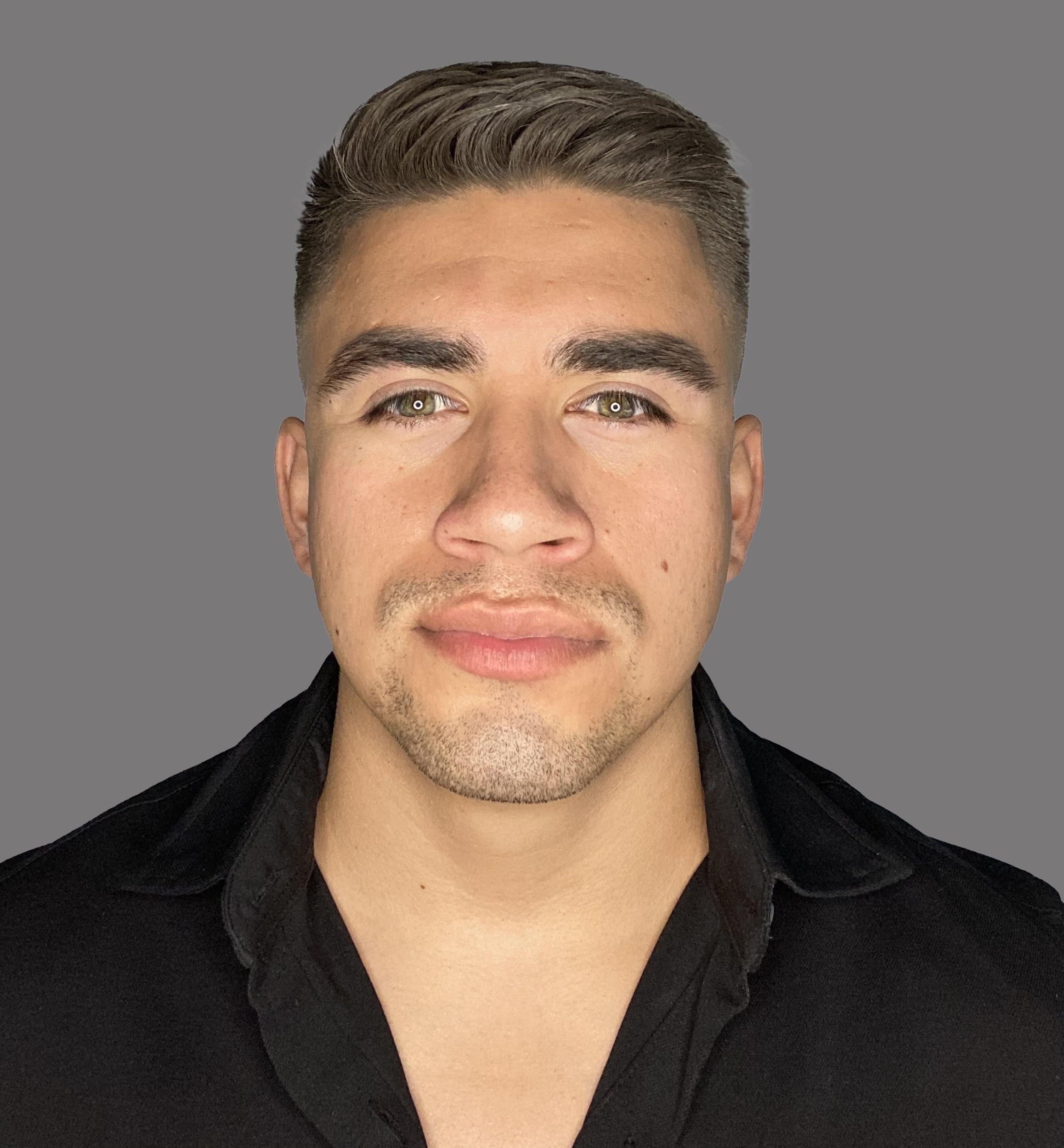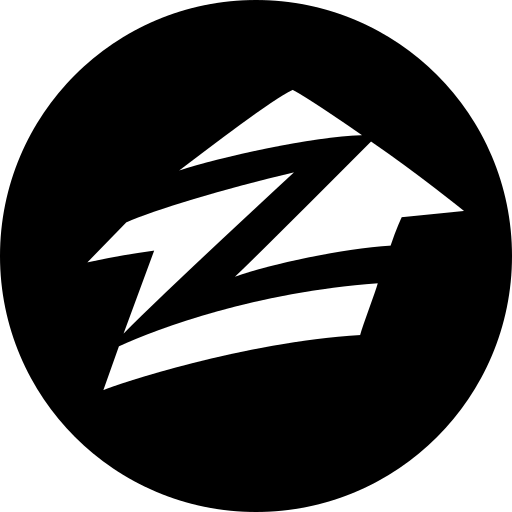Get the latest insights from a top producing loan officer on the frontlines of the housing market

Get the latest insights from a top producing loan officer on the front lines of the housing market

The mortgage industry is very dynamic - loan programs, guidelines, interest rates and market appetite are constantly changing. Stay up to date on the latest news surrounding the real estate market and mortgage industry by reading my articles below.
The mortgage industry is very dynamic - loan programs, guidelines, interest rates and market appetite are constantly changing. Stay up to date on the latest news surrounding the real estate market and mortgage industry by reading my articles below.

What Is a Home Equity Line of Credit, or HELOC?
What is a home equity line of credit?
A home equity line of credit, or HELOC, is a second mortgage that gives you access to cash based on the value of your home. You can draw from a home equity line of credit and repay all or some of it monthly, somewhat like a credit card.
With a HELOC, you borrow against your equity, which is the home’s value minus the amount you owe on the primary mortgage. You can also get a HELOC if you own your home outright, in which case the HELOC is the primary mortgage rather than a second one. When you’re shopping around for a loan, borrowing from the equity in your home will often get you the best rate.
Key takeaways
You typically have 10 years to withdraw cash from a home equity line of credit, while paying back only interest, and then 20 more years to pay back your principal plus interest.
Unlike with most loans, your rate will likely change based on market conditions over the life of the credit line.
For you to qualify for a home equity line of credit, lenders will usually want you to have a credit score over 620, a debt-to-income ratio below 40% and equity of at least 15%.
Most HELOC lenders will let you borrow up to 85% of the value of your home (minus what you owe), though some have higher or lower limits.
Because you risk losing your home if you can’t pay back your loan, a home equity line of credit is best reserved for expenses that will help build wealth (like home improvements and renovations) and for those who want to bolster their emergency funds.
A HELOC isn’t an appropriate way to finance vacations or depreciating assets like cars, and it wouldn’t be the best fit for someone who plans to sell their home in the near future.
How does a HELOC work?
Much like a credit card that allows you to borrow against your spending limit as often as needed, a HELOC gives you the flexibility to borrow against your home equity, repay and repeat.
You’ll have a few options to borrow money from this account. You can access it via online transfer or with a bank card at an ATM or point of sale (same as with a debit card), or you can write checks from the account if the lender issues them.
Most HELOCs have adjustable interest rates. This means that as baseline interest rates go up or down, the interest rate on your HELOC will adjust, too. However, because a HELOC is secured against the value of your home, the interest is typically closer to a mortgage rate than it is to a credit card rate.
To set your rate, the lender will start with an index rate and then add a markup depending on your credit profile. Generally, the higher your credit score, the lower the markup. That markup is called the margin, and you should ask to see the amount before you sign off on the HELOC.
There are two phases of a HELOC:
The draw period, when you can borrow money from the account, up to your approved limit.
The repayment period, when you can’t take out more money and have to finish paying off what you’ve withdrawn.
Payments don’t just begin during the repayment period; you’ll have to make minimum payments throughout the life of the loan. Interest is charged on your balance during both phases.
Monthly minimum payments often are interest only during the draw period, but you can pay principal if you want because this will save you money in the long run. The length of the draw period varies, but it’s often 10 years.
During the repayment period, you pay back the loan in monthly installments that include principal and interest. With the addition of principal, the monthly payments can rise sharply compared with the draw period. The length of the repayment period varies; it’s often 20 years.
At the end of the loan, you could owe a large lump sum — or balloon payment — that covers any principal not paid during the life of the loan. If this seems daunting, there are a few paths you can take to avoid this. For example, specifically seeking out a lender that allows you to lock in rates on your withdrawals will make payments more predictable. If you already have a HELOC, you could make larger payments than the required minimum to chip away at the principal faster. You could also change the terms of the loan by refinancing with a new lender.
HELOC requirements
Lender requirements will vary, but here's what you'll generally need to get a HELOC:
A debt-to-income ratio that's 50% or less.
A credit score of 620 or higher.
A home value that’s at least 15% more than you owe.
Our HELOC process is streamlined from application to funding, the entire process takes 5 business days. Get access to funds without an appraisal and virtually no underwriting process.
If you are interested in applying, be sure to give me a call!

What Is a Home Equity Line of Credit, or HELOC?
What is a home equity line of credit?
A home equity line of credit, or HELOC, is a second mortgage that gives you access to cash based on the value of your home. You can draw from a home equity line of credit and repay all or some of it monthly, somewhat like a credit card.
With a HELOC, you borrow against your equity, which is the home’s value minus the amount you owe on the primary mortgage. You can also get a HELOC if you own your home outright, in which case the HELOC is the primary mortgage rather than a second one. When you’re shopping around for a loan, borrowing from the equity in your home will often get you the best rate.
Key takeaways
You typically have 10 years to withdraw cash from a home equity line of credit, while paying back only interest, and then 20 more years to pay back your principal plus interest.
Unlike with most loans, your rate will likely change based on market conditions over the life of the credit line.
For you to qualify for a home equity line of credit, lenders will usually want you to have a credit score over 620, a debt-to-income ratio below 40% and equity of at least 15%.
Most HELOC lenders will let you borrow up to 85% of the value of your home (minus what you owe), though some have higher or lower limits.
Because you risk losing your home if you can’t pay back your loan, a home equity line of credit is best reserved for expenses that will help build wealth (like home improvements and renovations) and for those who want to bolster their emergency funds.
A HELOC isn’t an appropriate way to finance vacations or depreciating assets like cars, and it wouldn’t be the best fit for someone who plans to sell their home in the near future.
How does a HELOC work?
Much like a credit card that allows you to borrow against your spending limit as often as needed, a HELOC gives you the flexibility to borrow against your home equity, repay and repeat.
You’ll have a few options to borrow money from this account. You can access it via online transfer or with a bank card at an ATM or point of sale (same as with a debit card), or you can write checks from the account if the lender issues them.
Most HELOCs have adjustable interest rates. This means that as baseline interest rates go up or down, the interest rate on your HELOC will adjust, too. However, because a HELOC is secured against the value of your home, the interest is typically closer to a mortgage rate than it is to a credit card rate.
To set your rate, the lender will start with an index rate and then add a markup depending on your credit profile. Generally, the higher your credit score, the lower the markup. That markup is called the margin, and you should ask to see the amount before you sign off on the HELOC.
There are two phases of a HELOC:
The draw period, when you can borrow money from the account, up to your approved limit.
The repayment period, when you can’t take out more money and have to finish paying off what you’ve withdrawn.
Payments don’t just begin during the repayment period; you’ll have to make minimum payments throughout the life of the loan. Interest is charged on your balance during both phases.
Monthly minimum payments often are interest only during the draw period, but you can pay principal if you want because this will save you money in the long run. The length of the draw period varies, but it’s often 10 years.
During the repayment period, you pay back the loan in monthly installments that include principal and interest. With the addition of principal, the monthly payments can rise sharply compared with the draw period. The length of the repayment period varies; it’s often 20 years.
At the end of the loan, you could owe a large lump sum — or balloon payment — that covers any principal not paid during the life of the loan. If this seems daunting, there are a few paths you can take to avoid this. For example, specifically seeking out a lender that allows you to lock in rates on your withdrawals will make payments more predictable. If you already have a HELOC, you could make larger payments than the required minimum to chip away at the principal faster. You could also change the terms of the loan by refinancing with a new lender.
HELOC requirements
Lender requirements will vary, but here's what you'll generally need to get a HELOC:
A debt-to-income ratio that's 50% or less.
A credit score of 620 or higher.
A home value that’s at least 15% more than you owe.
Our HELOC process is streamlined from application to funding, the entire process takes 5 business days. Get access to funds without an appraisal and virtually no underwriting process.
If you are interested in applying, be sure to give me a call!

(NMLS Lic. #2015906) Is an equal housing lender. This is not a commitment to lend or extend credit. Programs, rates, terms and conditions are subject to change without notice. Terms and conditions apply. All rights reserved. Contact us for details. Consult your accountant about tax deductions. NMLS Consumer Access


VirtuaLending | NMLS #2015906
Isaac Sanchez | NMLS #1992428
9267 Haven Ave, 220,
Rancho Cucamonga, CA 91730

(NMLS Lic. #2015906) Is an equal housing lender. This is not a commitment to lend or extend credit. Programs, rates, terms and conditions are subject to change without notice. Terms and conditions apply. All rights reserved. Contact us for details. Consult your accountant about tax deductions. NMLS Consumer Access
VirtuaLending | NMLS #2015906
Isaac Sanchez | NMLS #1992428
9267 Haven Ave, 220,
Rancho Cucamonga, CA 91730

(NMLS Lic. #2015906) Is an equal housing lender. This is not a commitment to lend or extend credit. Programs, rates, terms and conditions are subject to change without notice. Terms and conditions apply. All rights reserved. Contact us for details. Consult your accountant about tax deductions. NMLS Consumer Access





